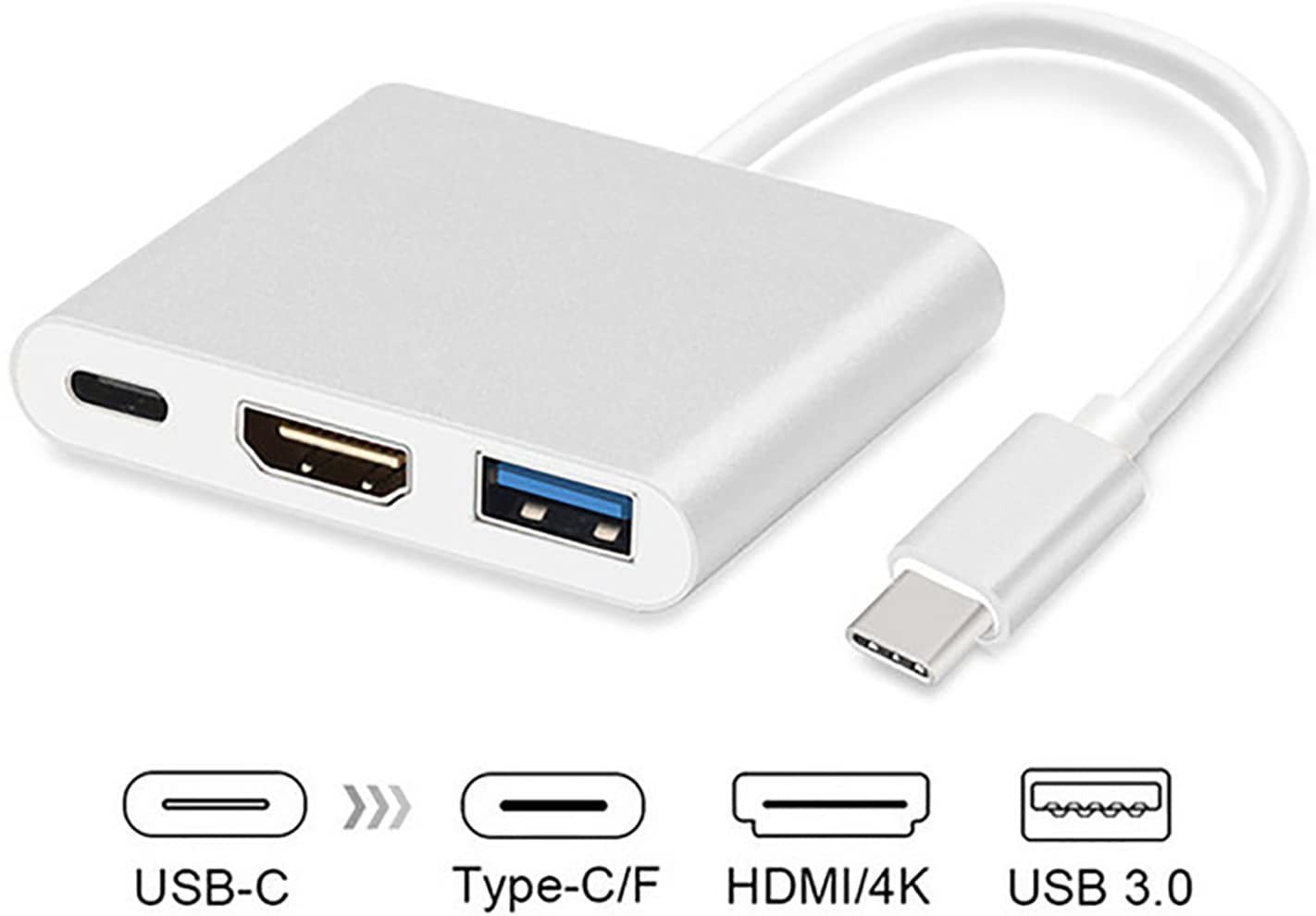
Unless I'm missing something (definitely possible), it would seem that the most direct method of connecting the monitor would be to use a DVI (M) to VGA (F) adapter plug the DVI side into the Apple-supplied HDMI to DVI adapter, and then use the VGA side of the adapter to connect the monitor. I assume that the DVI side of the adapter is a standard DVI (F) female connector, which will accept a standard DVI (M) male connector. The Mac Mini comes with an "HDMI to DVI adapter" (Apple's description), but I can't find any other information about that adapter on the Mac Mini description pages, nor can I find any photos of the adapter. I'm replacing the old iMac with a new Mac Mini, which has only Thunderbolt and HDMI connectors available.


I'm currently using it with an old iMac G4 (Gumdrop) via a mini-display to VGA adapter cable. Get a $15 adapter and call it a day.I have a perfectly good LCD monitor that has a VGA connector on its input cable. The fact that the display signals are interchangeable makes the distinction more or less moot. In AV systems, there's generally one display, and many sources, while in computers, there are generally multiple displays and one host.

HDMI is great for multi-source topologies, much like you'll find on home AV systems, while DisplayPort offers a different feature set that is attractive for computer use, such as daisy chaining. Unlike FireWire, however, DisplayPort is becoming the successor to HDMI in the computer world.

I come home, take my notebook and plug in the HDMI cable and switch to Video 7 on my TV and turn on my wireless keyboard and mouse and have everthing I need to stream Hulu, surf the web without the need for any additional hardware or software.Ĭhasing the puck with 1 adapter after another.ĭisplayPort is the 'intelligent' HDMI, much like FireWire is the 'intelligent' USB. What I don't understand is why Apple doesn't include HDMI in their computers as the PC market has been doing for the last couple years.


 0 kommentar(er)
0 kommentar(er)
